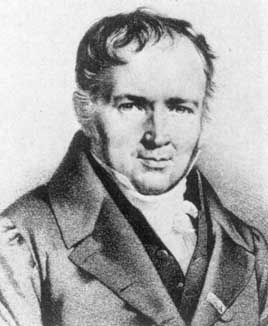Poisson Distribution
Answer 20aThe remark is ridiculous and unfounded; mere blither.
ExplanationLet's use our heads a little. It is not to be imagined that the hits occur only in an area defined by South London. They will sooner or later taper off, as we move away from South London, and by the time we reach (say) the gates of Coventry, we will undoubtedly have left them behind. So there is most definitely clustering. The only question is whether the clustering has a perceptible pattern within South London.
This we don't know, without more information than were are here given. But it is easy to imagine a situation in which there was manifest clustering. For instance, we can arrange the given V-Bomb data in the following way, for the 576 districts of South London:
Suggestive, no?
Comment
Have we any way to tell whether the scatter was more or less random within the confines of South London, or whether, instead, there was perceptible clustering? From the numbers, no. We need an eyewitness. Fortunately, we have one. Her name is Florence David. She was assigned to precisely this problem by her superior back in the days of World War Two, while the problem was still happening. This is how she was reminded of it, years later:
"I got interested in archaeology when I had a colleague in archaeology who was busy digging in one of the deserts, I think. Anyway, he came to me and said, "I have walked about the desert and I have plotted where these shards were. Tell me where to dig for the kitchen midden." Archaeologists don't care about gold and silver, all they care about are the pots and pans. So I took his map and I thought about it and I thought, This is exactly like the problem of the V-Bombs. Here you have London and here you have bombs landing and you want to know where they come from so you can assume a normal bivariate surface and predict the major axes. That's what I did with the shard map. It's curious; there's a sort of unity among problems, don't you think? There's only about a half dozen of them that are really different." [Salsburg 158f]
Now, the normal bivariate (or bivariate Gaussian) surface is a situation in which there are x and y axes, at right angles, and variation occurs along each axis, in normal distribution terms. This situation arises in artillery, where the range can vary (due to different charges in the shells), and the scatter can vary (due to wobble in the gun mounting). And who wrote the first artillery treatise expounding the normal bivariate surface, the 1829 Mémorial de l'Artillerie? Siméon-Denis Poisson, that's who.
We are pleased to let him speak, on behalf of that other discovery, in defense against the misuse of this one.
24 Aug 2007 / Contact The Project / Exit to Resources Page

